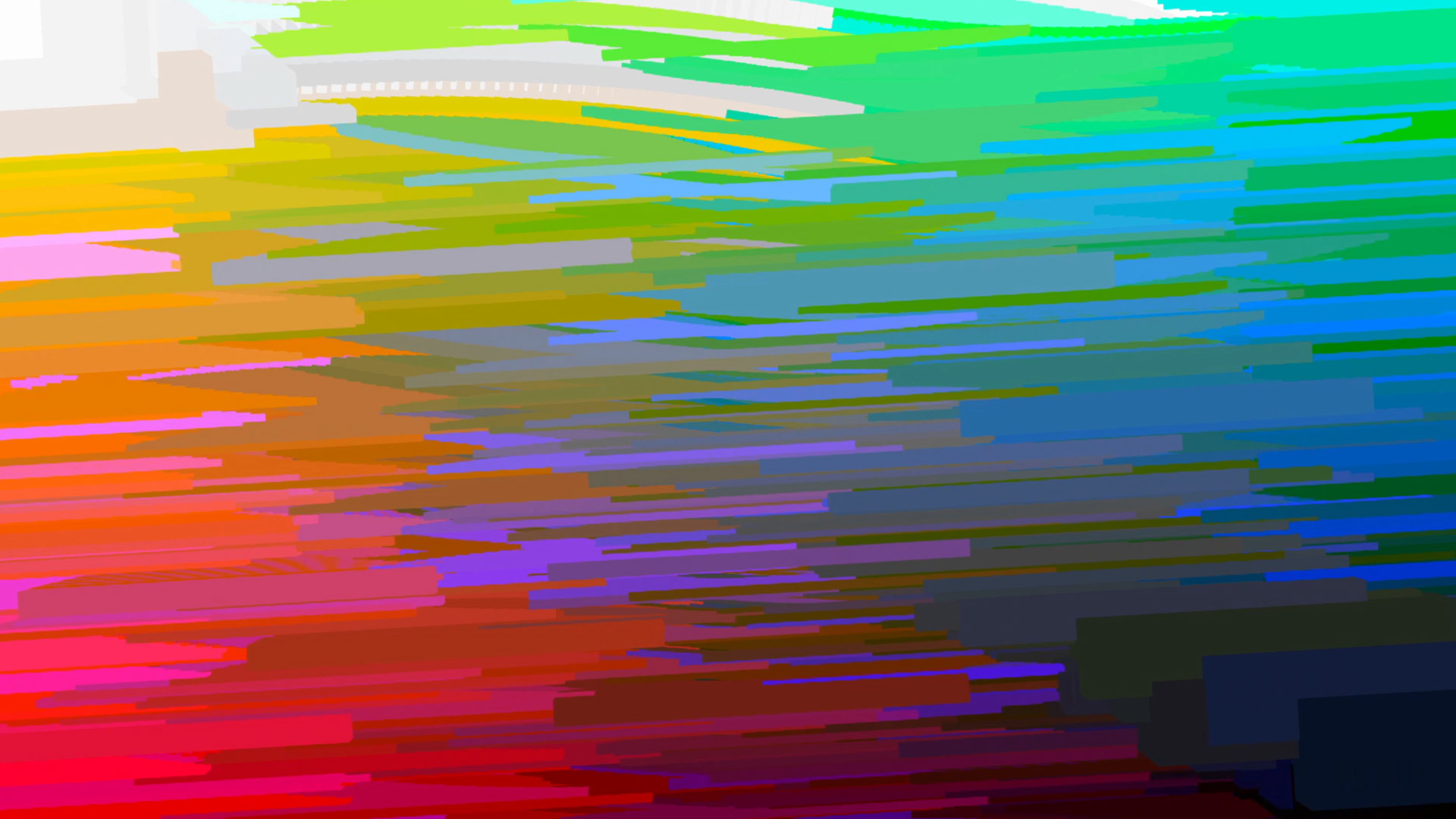Web 1.0 — The early days of the internet, approx. 1994–2004
Interactive data visualization is an essential component in the current state of our web. But like everything else, it must evolve to keep pace with technological and societal progress. As our world becomes increasingly data-driven and technologies like AI, the Metaverse, and the decentralized web gain momentum, pushing interactive data visualization to the next level is crucial. In this article series, we explore the drivers of the evolution of interactive data visualization over the past decades and the challenges ahead.



The start of the internet
The internet appeared as a great way of disclosing and consuming information. Web 1.0 was mostly providing ‘a lot of information’ and was also mostly used by people that knew how to publish and access information. For those not technically skilled, it was known as the “Read-Only Web”, built around brochure-like pages that were updated manually allowed limited interactivity from users.
State of data visualization
Back then, data visualization on the web was reduced to static images produced with third-party software and was often targeted to niche audiences. Yet, the third-party software did allow us to generate visualizations faster and in new ways. Stand-alone programs allowed better interaction, motion and new ways to experience data.

Discovering interactions
The early internet was not necessarily user-friendly but its potential was evident. To interact with all the available information that the internet had to offer, many started to try and create a new interface to access this information. This led to a range of solutions differing from very functional to more engaging, and from abstract to very descriptive.

The adoption of the web might have taken longer than expected, however, those who were working on the internet were convinced it would eventually be used by many. But before that happened, its many limitations needed to be addressed. Internet connectivity needed to be improved, economically viable, and widely available.
The need to make computers more user-friendly and accessible to broad audiences contributed to the definition of User Experience Design in 1995. The acknowledgment that every stage of the human-computer interaction needed to facilitate online experiences turned design into a fundamental tool in the development of new hardware, software, and interfaces.
It was around the same time that programming languages that allowed for more complex web interaction were developed. The first version of JavaScript became standardized, and Flash was introduced and widely used. As user needs started becoming more central in hardware and software development processes, the tools that supported greater web interactivity became common.

Available data increased
Web 1.0 allowed us to exchange data in certain cases easier and faster. The web provided ways to centralize and gather existing data in online repositories, and also to disclose it. Online open data catalogs were in their infancy, and it would take some time to make them more discoverable, accessible, and better populated.

Our future visions back then
The potential of all these new technologies, data management methods, and connectivity made us imagine their use in the future. We envisioned home and office interactive screens, as well as portable devices and wearable gadgets that could be used outdoors to message others and gather data, images, and videos. These visions came with a call to action to all those involved in the development of new tools: “Technology does not drive change at all, technology enables change”. It was the time to imagine the future and put technology to its service.
1996 future vision
This video shows how Philips envisioned how people could use the computer in the year 2000:
“Computers were destined to leave desktops and become smaller and even wearable. This made us imagine new ways of interacting with them, as well as collecting, consuming, and sharing data.
As the new millennium started, we imagined new ways of interacting with screens and visual content. We envisioned a Precrime Chief Tom Cruise loading, dragging, playing, and zooming into high-resolution criminal memories in Minority Report (2001). Multi-gesture, fluid, and intuitive interactions seemed like a plausible reality by 2054 by simply using glove-wearables and a glass-screen projection.

Better user experiences
Technology still had a long way to go until reaching the potential and user base envisioned by future visions by media and the private sector, but we were making progress. The web would eventually get more traction by the end of the 1990s as home network access improved and the web became more user-friendly and richer in content. We also saw the internet experience improve with the broader adoption of new browsers (Internet Explorer in 1995), search engines (Google in 1997), and other popular web portals (eBay, Yahoo, and Amazon in 1995). By the year 2000, over 400 million people had access to the internet, and they weren’t looking to simply consume information; instead, wanted to actively participate in it.

CLEVER°FRANKE is a data design and technology consultancy that creates data-driven experiences. We pioneer through data, design, and technology to unravel complexity and help people make sense of the world around them. C°F’s work results in data-driven web products, installations, visual identities, data design systems, and visions for global operating clients like Google, Warner Music Group, and the United Nations.










